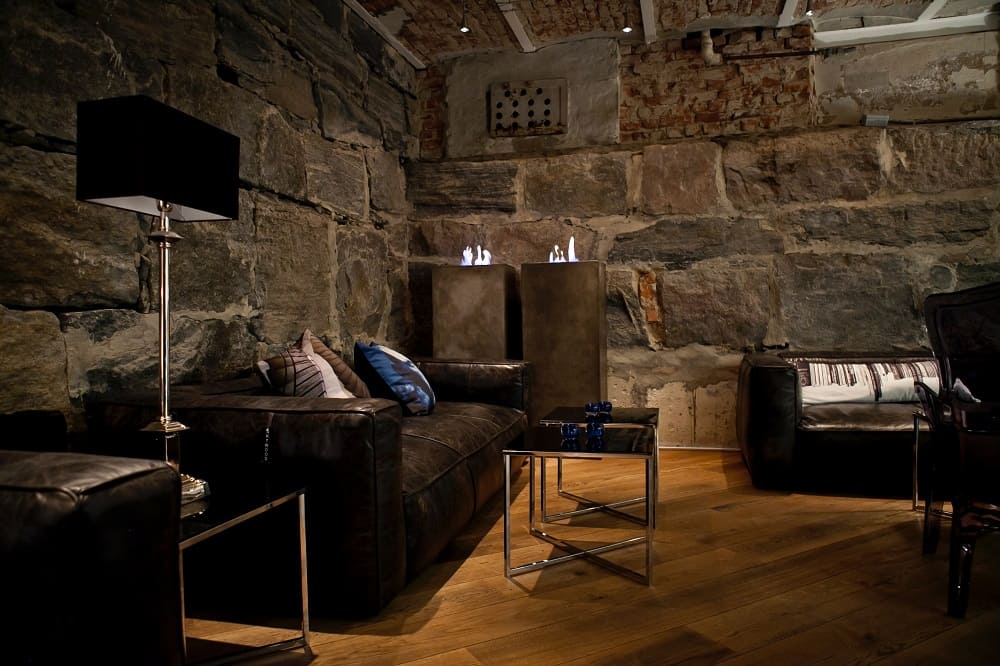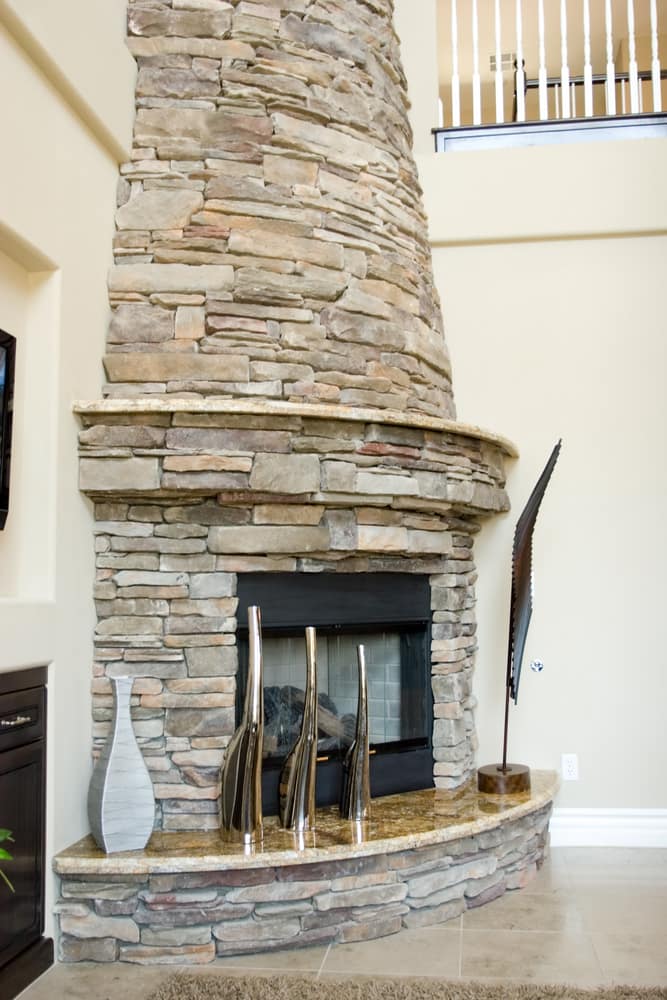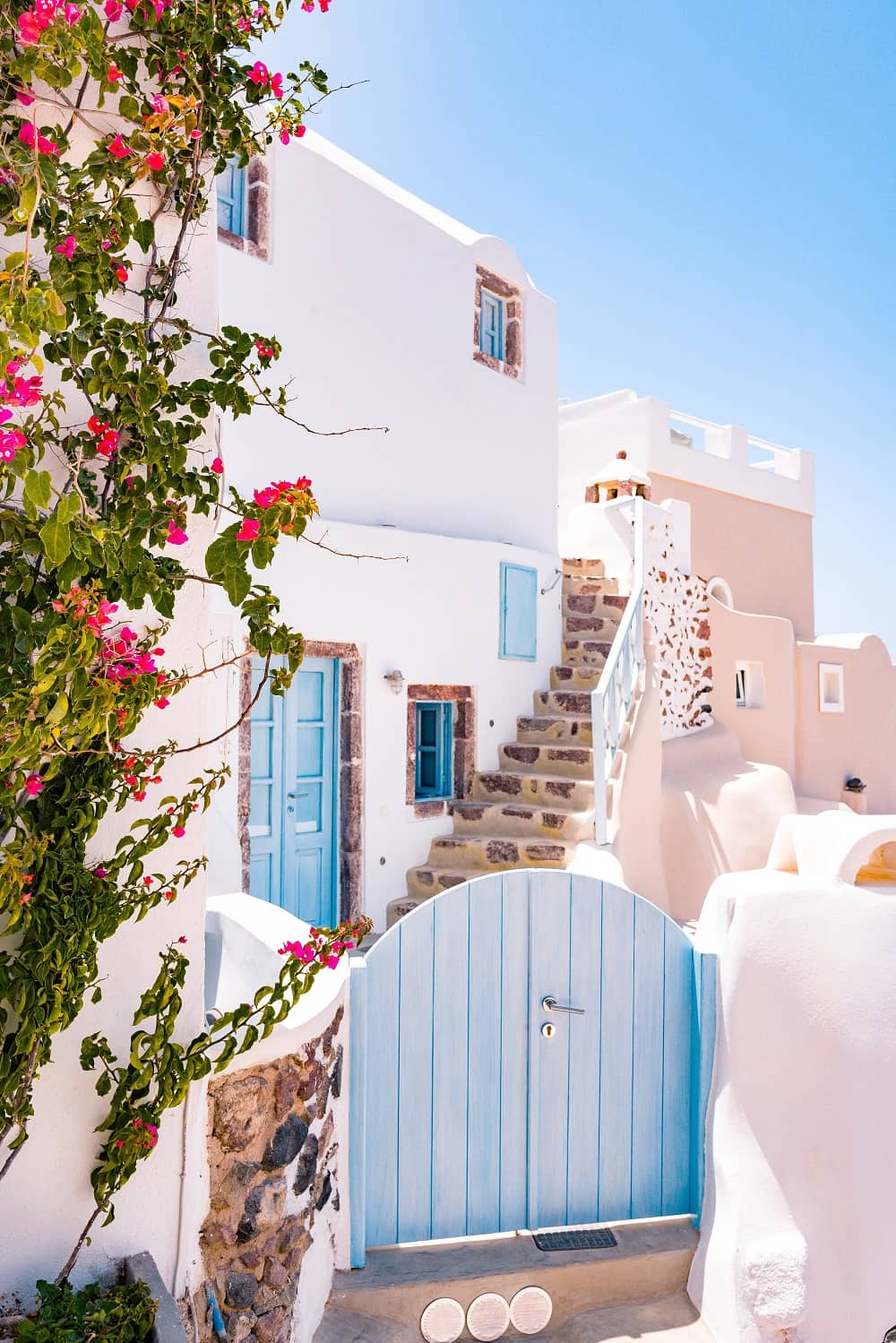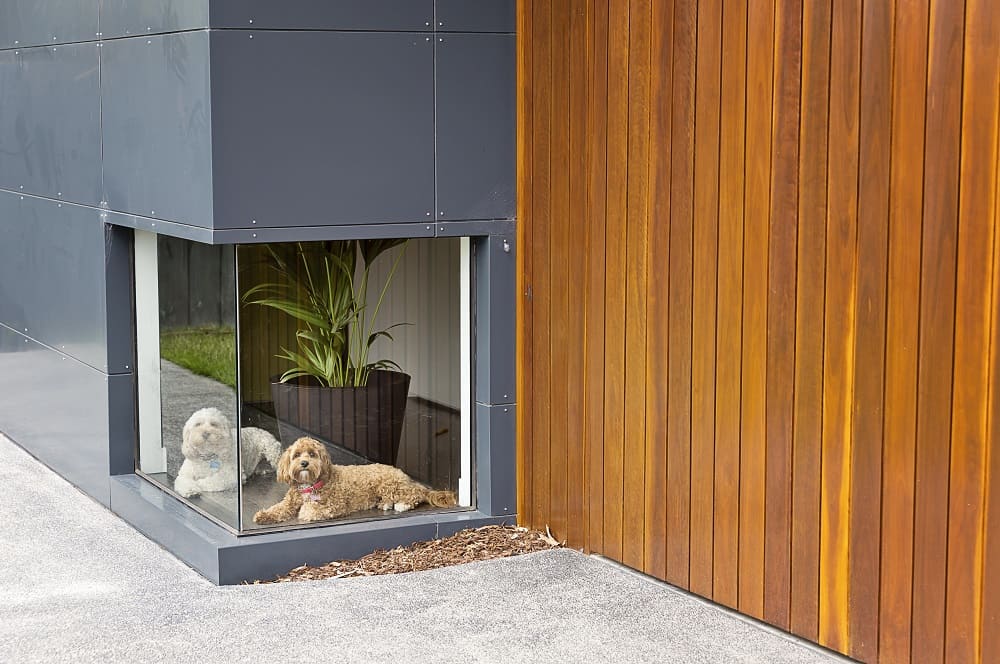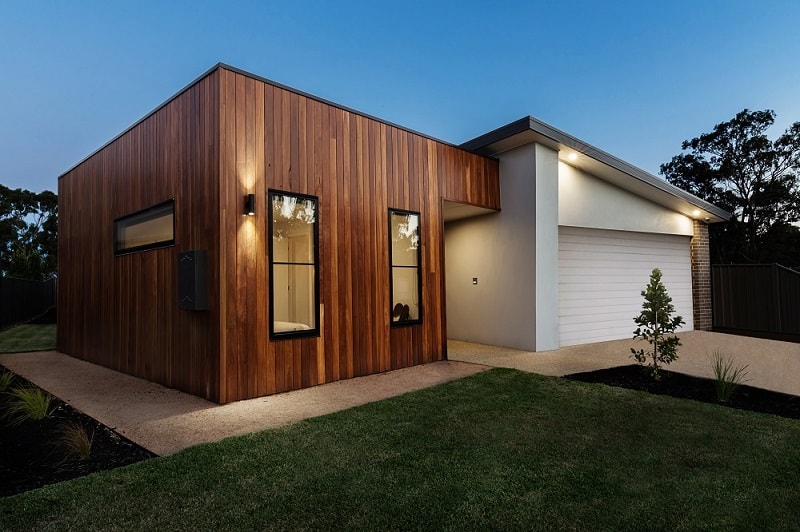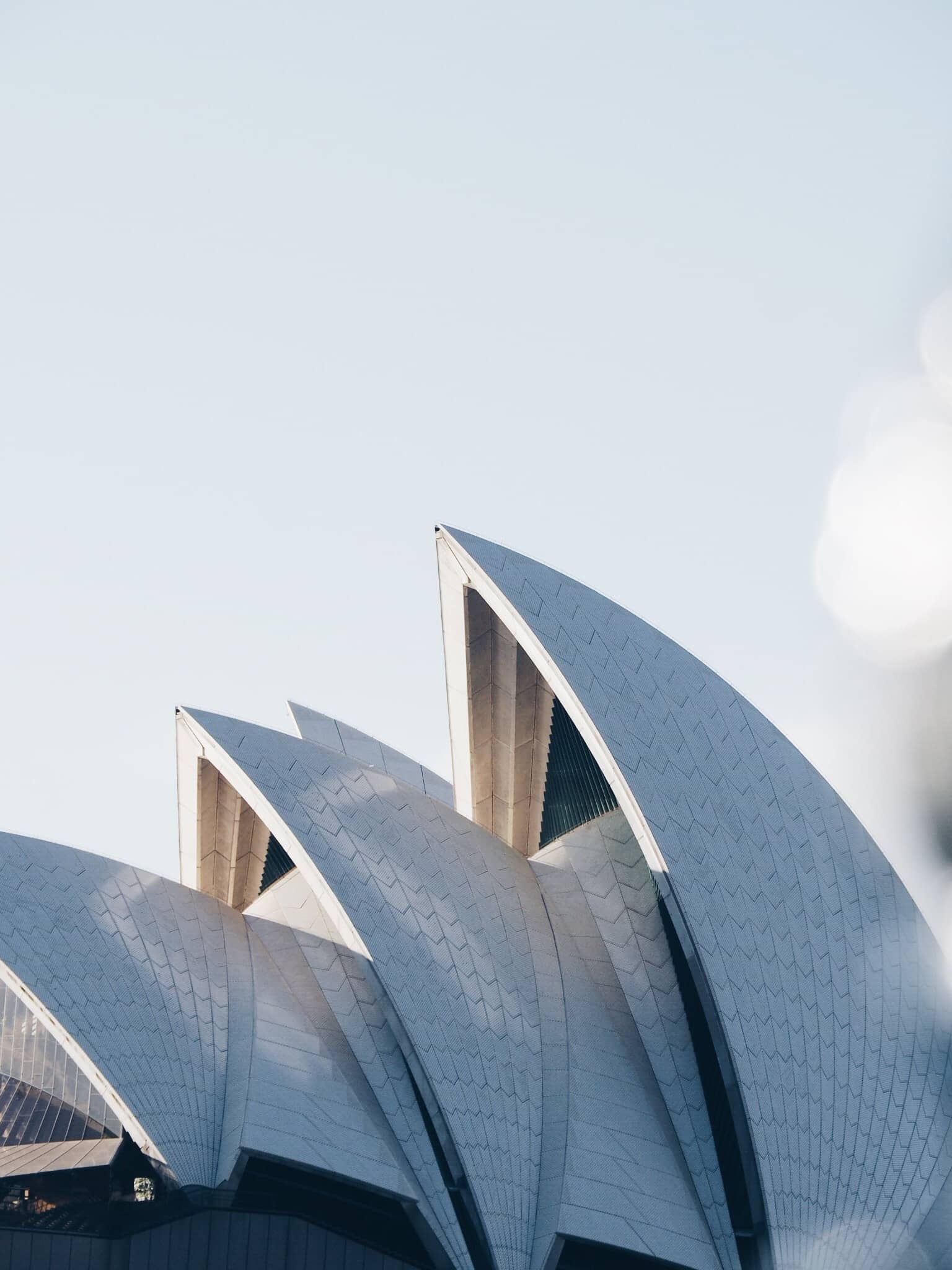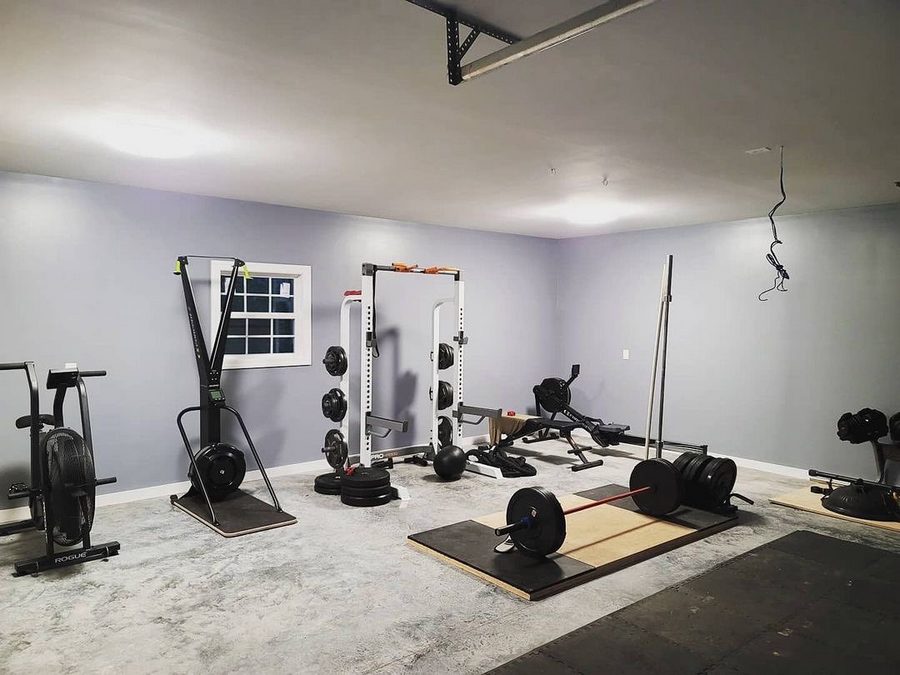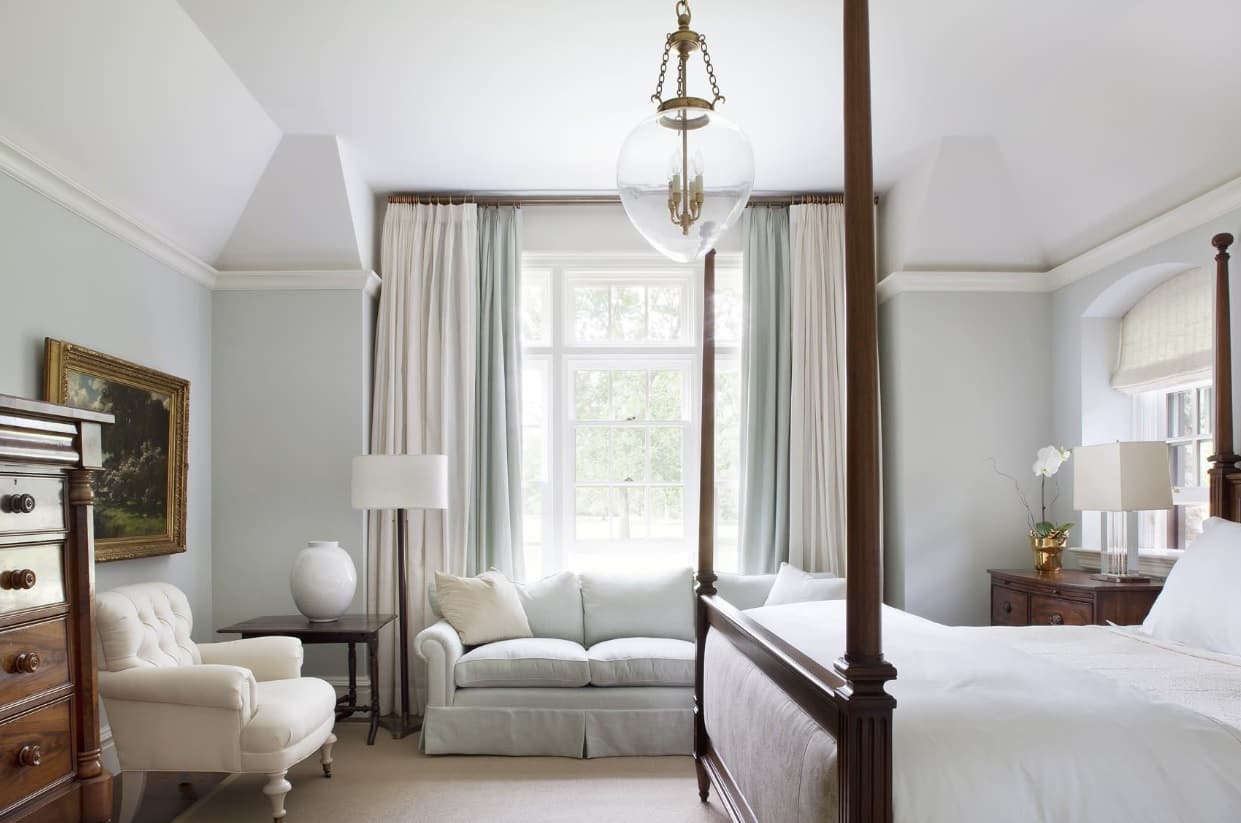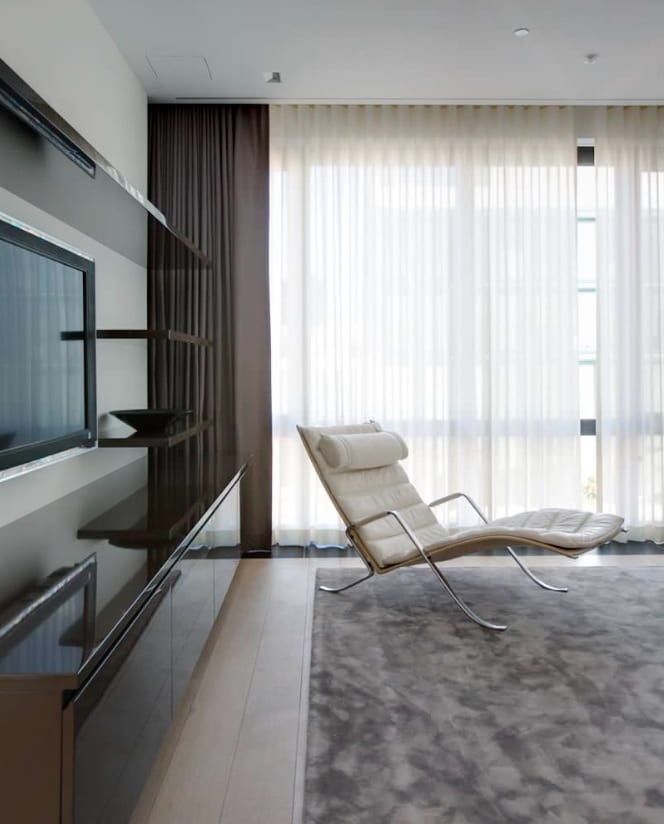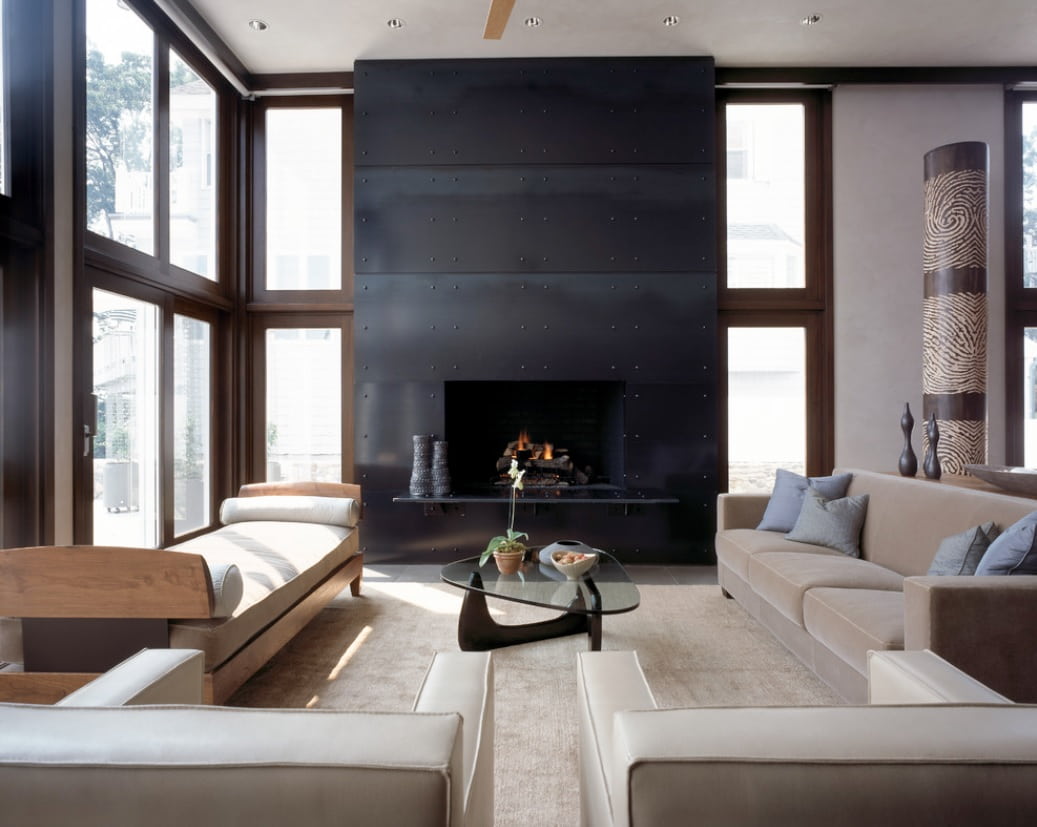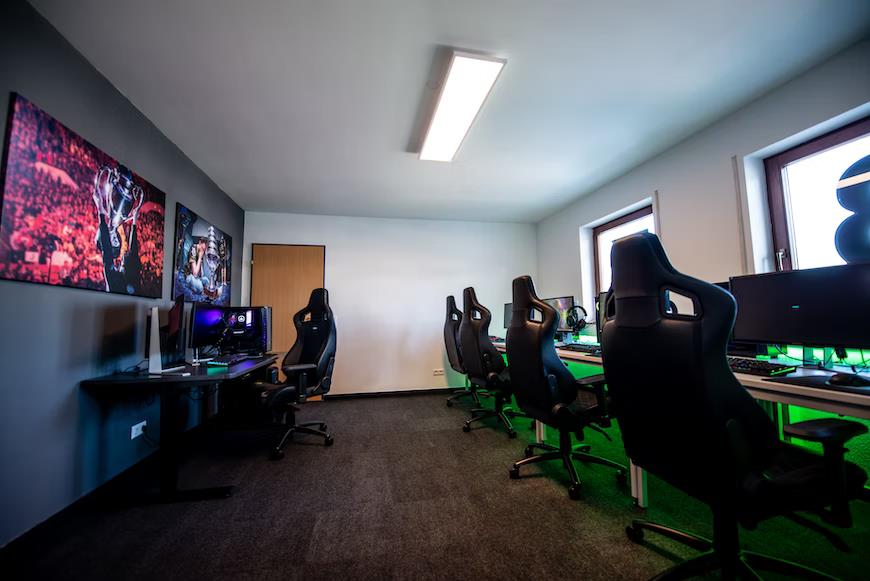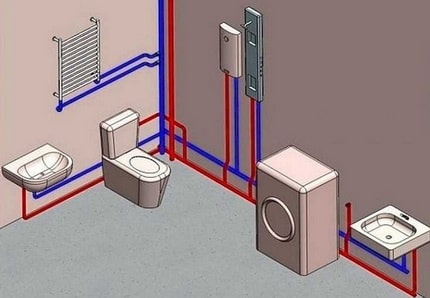In general, the term cladding refers to the additions that are usually attached to the primary structure of buildings to form external, non-structural surfaces. However, cladding differs from the external surfaces that are created by masonry walls, renders, or structural elements. The primary reason for using claddings in the buildings is that it enhances the protection of the building by adding layers to it. It ensures to make the building resistant to pollutants, molds, climate change including humidity, sunlight, and strong wind. Architectural cladding is used to crate shield against the atmospheric condition in order to augment the structural integrity of a property and to enhance its functionality. In addition, architectural cladding helps house owner to display their statement style.
Contents:
Types Of Architectural Cladding:
There are a number of options when it is related to building cladding, which leaves the buyers confused. In order to clear every confusion, there are we can look at a number of claddings that have their own set of advantages and disadvantages. The information will help a great deal in making an informed decision and help in nailing the right kind of architectural cladding.
Stone Claddings: For an Elegant Natural Look
Stone claddings are the most expensive type of claddings for buildings. These are usually available in two different options faux and real stone. Installing this type of architectural cladding is a very labor-intensive process that increases the overall cost. However, stone claddings provide an elegant natural look to the structure of the building. These are also resistant to extreme conditions like moisture, fire, temperature, and insects, which usually require low maintenance.
Clay Claddings: for an Environment-Friendly Tough Exterior
Clay cladding is the type of architectural cladding which is known as the first choice of modern builders who would like to showcase their environment friendliness to their customers. This is an environment-friendly cladding that is usually tough on the outside and enhances the overall value of the structure as well as the design. These claddings are not only beautiful but also enjoy considerable advantages over the other types of cladding materials, like minimal maintenance, durability, thermal insulation, resistance to weather, and long life.
Argemax Claddings: For a Myriad of Design Choices
This type of architectural claddings is created using composite fiber panels; they are an alternative to the new trends that are available in the market. These are usually huge format panels that can be easily converted into any kind of shape or size that provides a number of design choices. These huge panels offer a wide variety of benefits that include zero warpage, fire resistance, dryness, water absorption, easy installation, and overall zero maintenance.
Wooden Claddings: For a Higher Degree of the Weather Resistance
Wooden Claddings are available in the form of planks and shingles. The wood that is used for this is usually oak, pine, or cedar. Wood claddings are preferred because they are usually environment friendly and are providing a high degree of weather resistance. However, when it comes to maintenance, wood requires more attention i.e. an annual treatment is required for protection against termites.
Metal Claddings: To Protect the Structure from Fires and Insects
This type of architectural cladding is mostly used in retro and modern buildings. The most commonly used metals in metal cladding are steel and aluminum. The advantages of this type are that they are eco-friendly, require less maintenance, and are not bothered by fires and insects. However certain disadvantages are associated with metal cladding like higher installation time and the cost. In addition, these claddings are heavy, and prone to dents due to stones. Also, there are high chances that metal cladding can get rusted or discolored with time,
Overall, architectural cladding is an expensive affair; sometimes it goes up to 35% of the overall costs of the building. In the current trend, sustainability is the key. Hence, the best sustainable option should be selected by conducting the right kind of research.

